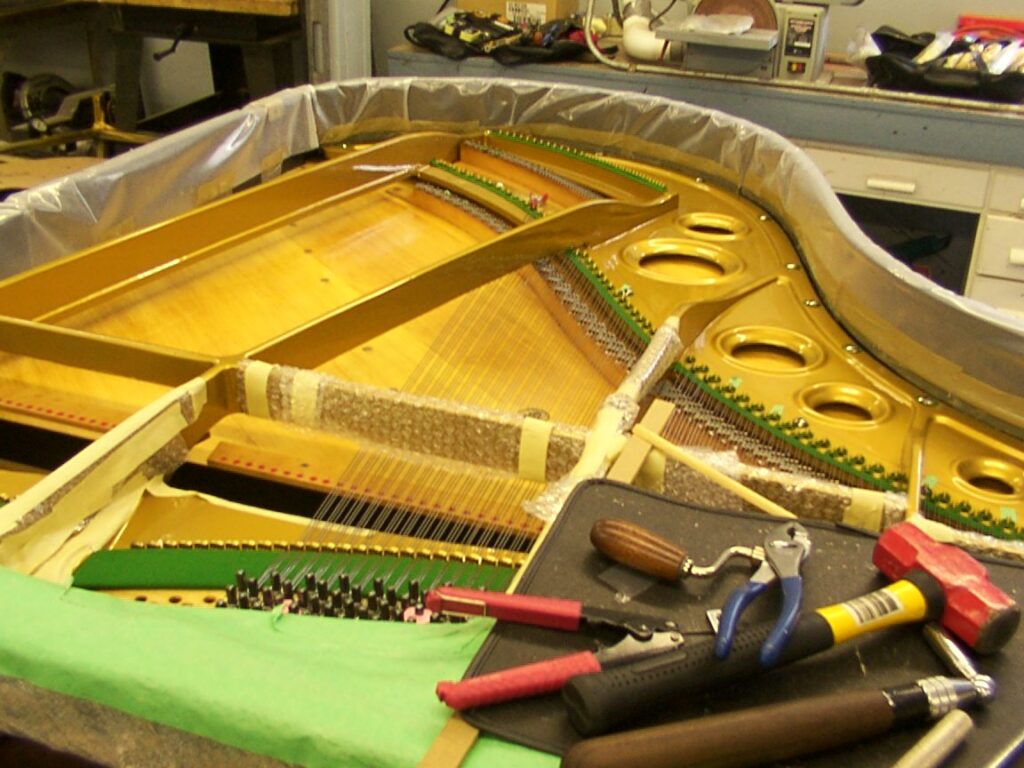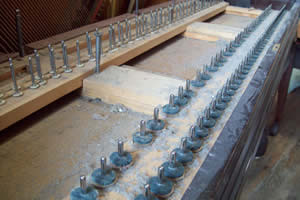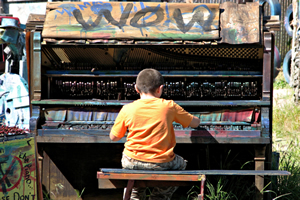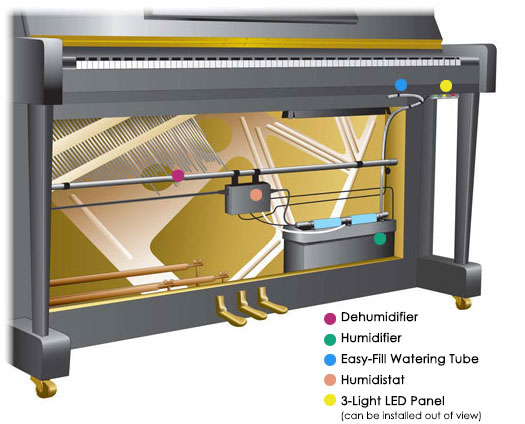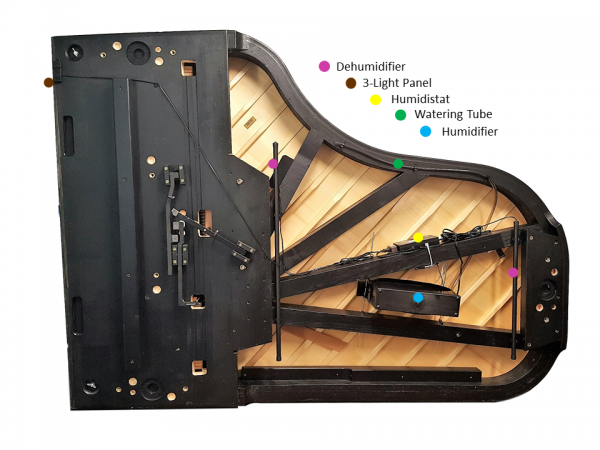Piano -Tuning - Repairs
Since 1979 Telep Pianos has been providing piano tuning, repairs and service in the Durham Region.
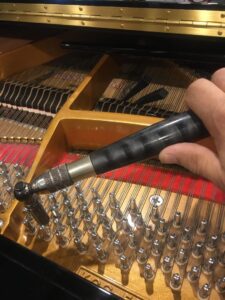
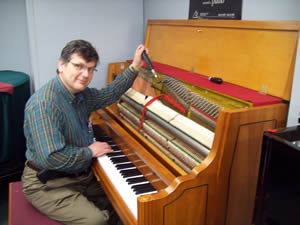
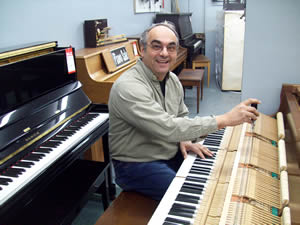
Pianos Service-Tuning & Repair Cost.
Piano Tuning $165.00 plus hst
Piano Tuning with Pitch Raise $195.00 plus hst.
Serivice Call $75.00 plus hst.
Repairs and adjustments quoted on site
Piano Care
A piano’s continued good performance depends on regular maintenance. After you move a piano to any new environment, wait a few weeks. Let it become acclimated to its new home before having it tuned. A new piano should be tuned a couple of times during the first year and on a regular schedule after that.
When you purchase a new piano make sure you choose a place for it with stable humidity and temperature. Reducing seasonal humidity changes will greatly improve the performance and longevity of your piano. Ask us about climate control systems installed in your piano.
Tuning your Piano
Your piano should always be tuned to standard pitch, A-440 CPS, and should be tuned at least three times during the first year after purchase. Some tuning instability should be anticipated during the first year because of the elasticity of the piano wire, combined with the piano’s normal adjustment to the humidity changes in your home. If a piano is allowed to stand for long periods of time without service, it will go further and further out of tune. More time and expense will be required to achieve an accurate tuning. Changes in pitch occur in all makes and models of pianos.
These changes are caused primarily by the expansion and contraction of the soundboard. Dimensional changes occur when the moisture content of the wood increases during periods of high humidity, and decreases when the air is dry. Movement of the soundboard causes the bridges and strings to move, which increases or decreases the tension of the strings. This causes the pitch of each note to change. The amount of change varies in different parts of the scale. The low notes change only slightly, while notes in the middle sections vary the most.
A Little Encouragement
Pianos should be well maintained regardless of the age or skill of the piano player. A piano that is out of tune, has an unpleasant tone, or an unresponsive touch can discourage even novice musicians. One of the best ways to reinforce interest in playing the piano is to maintain its overall performance in accordance with manufacturer’s specifications.
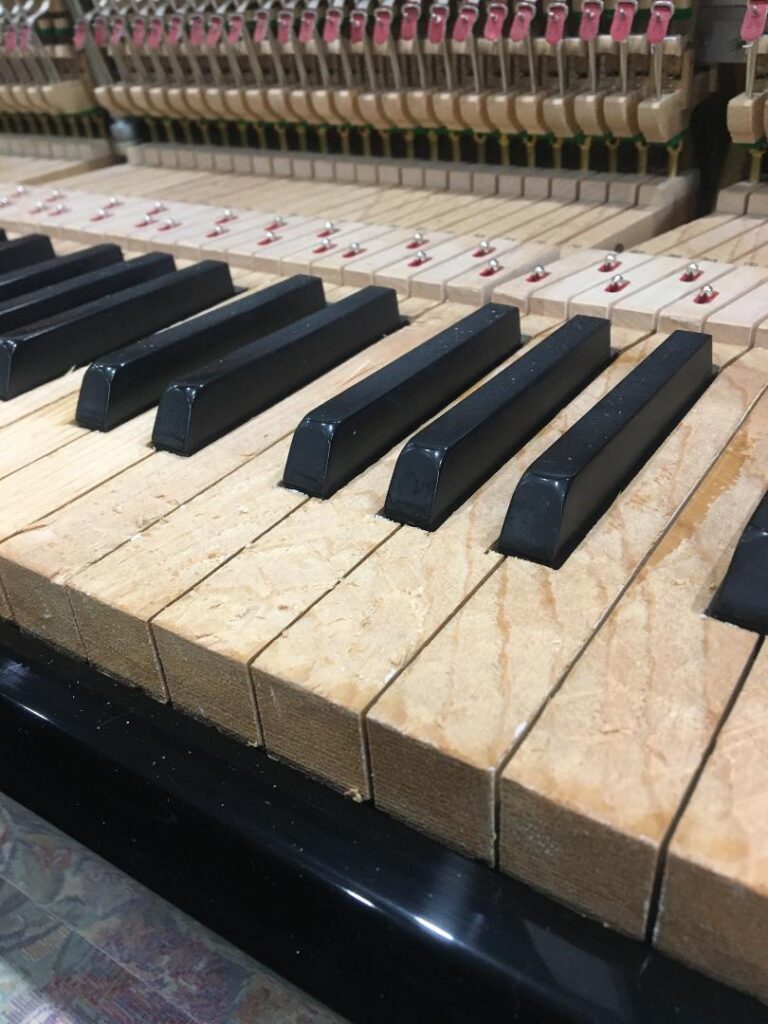
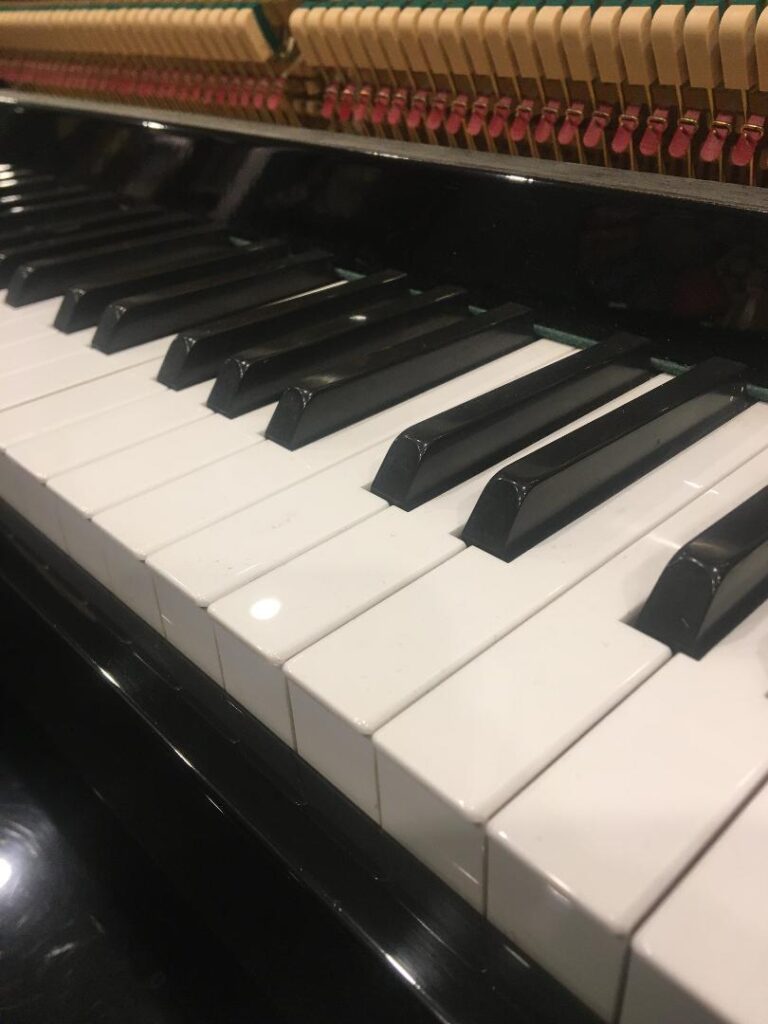
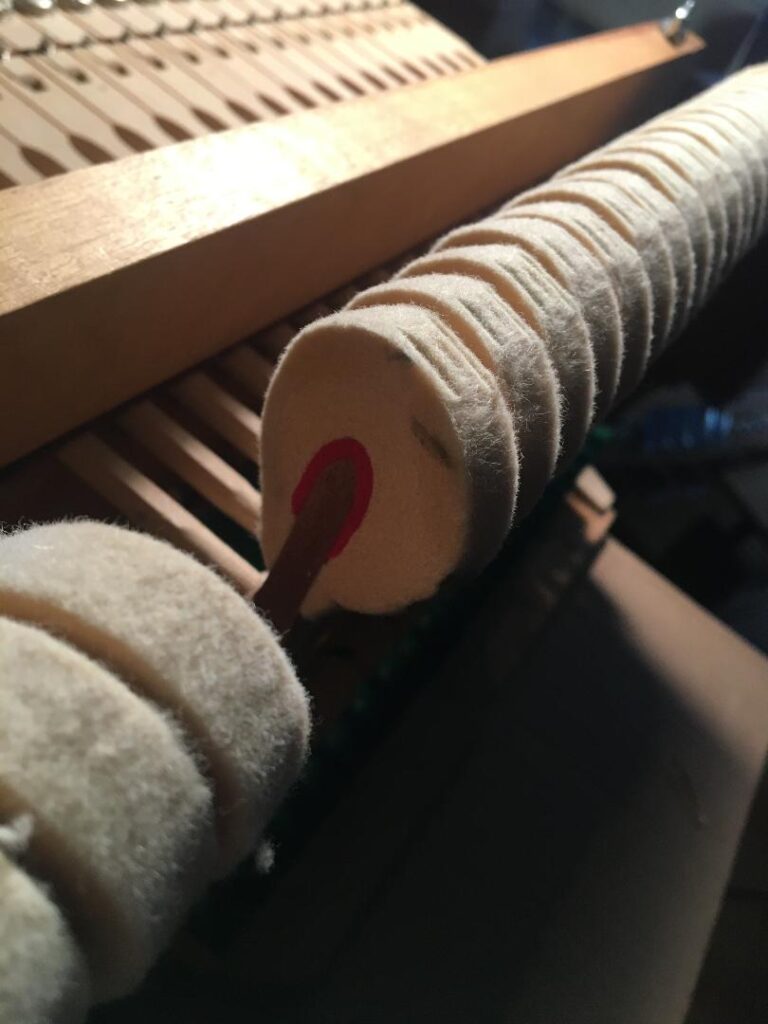
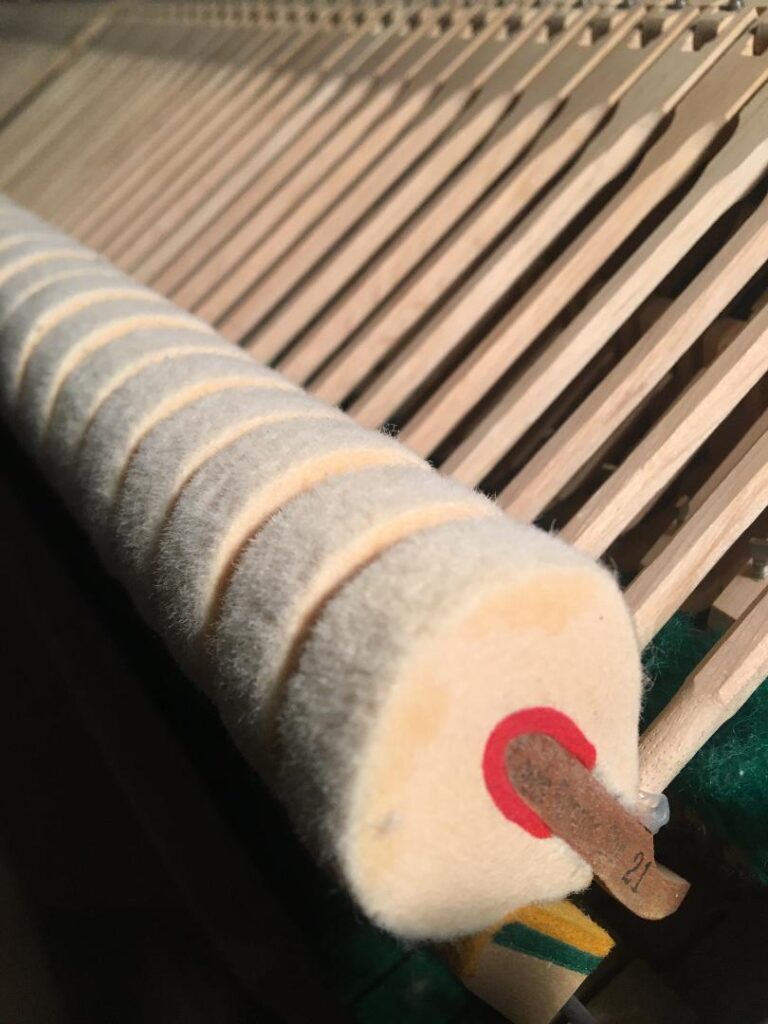
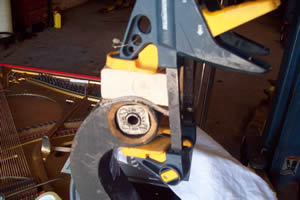
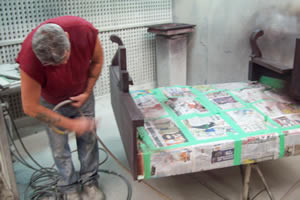
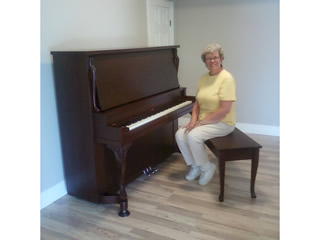
internal humidity control system
The most critical step in piano care and maintenance is keeping it in an environment where the relative humidity (RH) and temperature are stable at approximately 45% and 70 F respectively.
The Piano Life Saver System is an affordable, easy to maintain, solution that does just that.
We are here to answer all your questions
Please contact us for more Information.
What Our Customers Say


